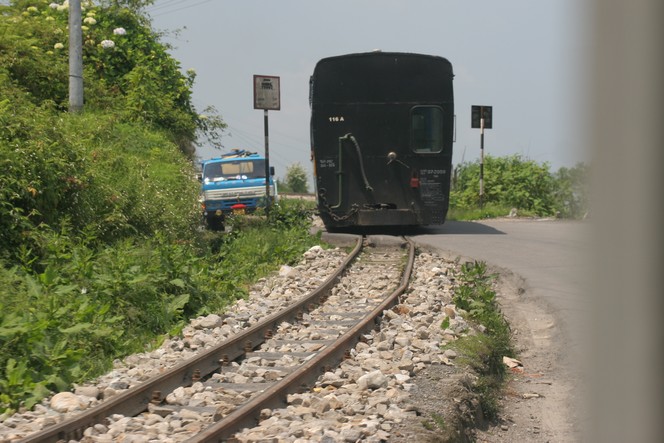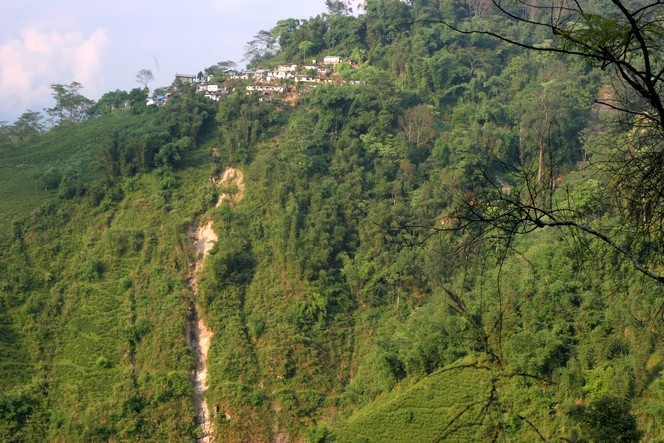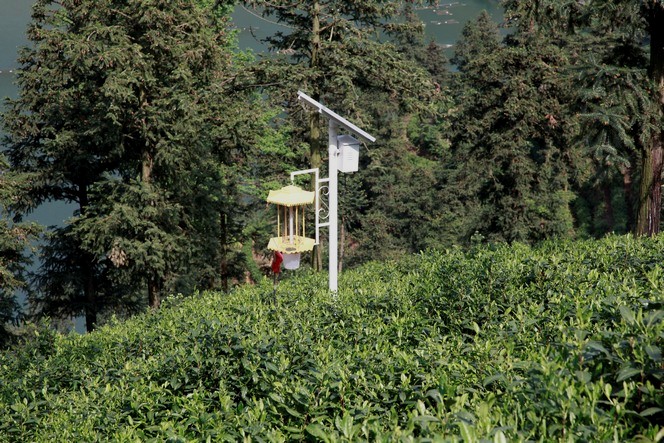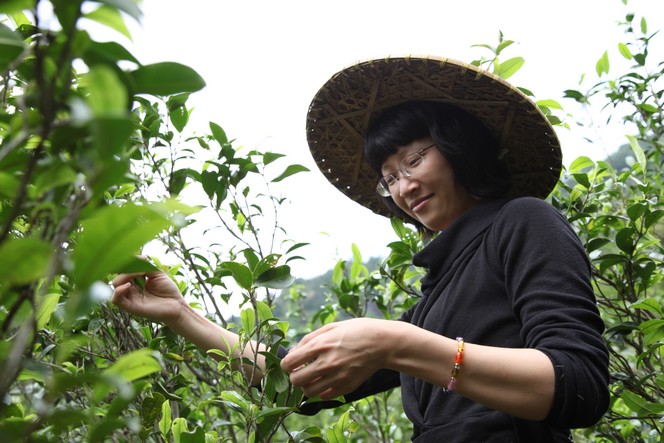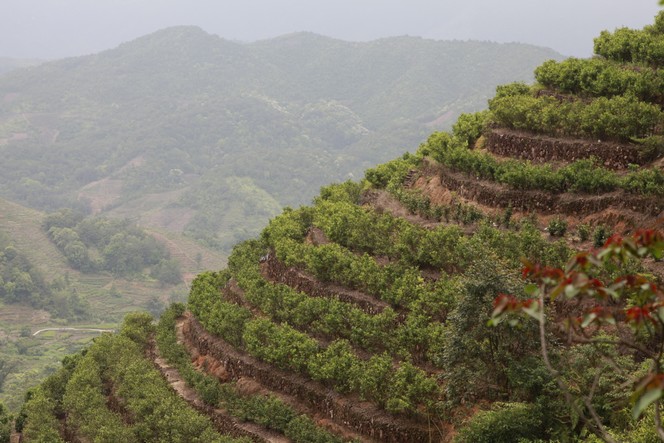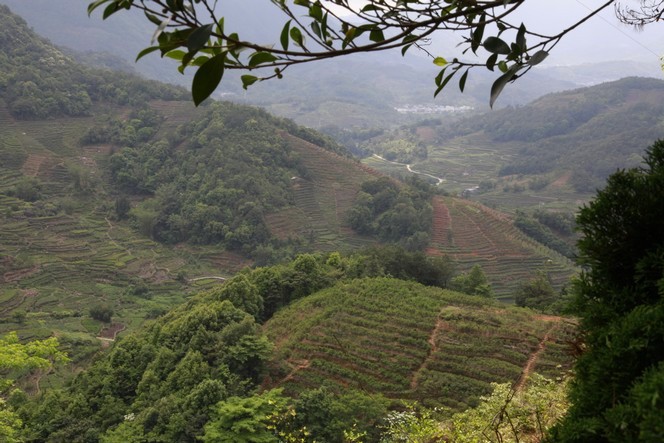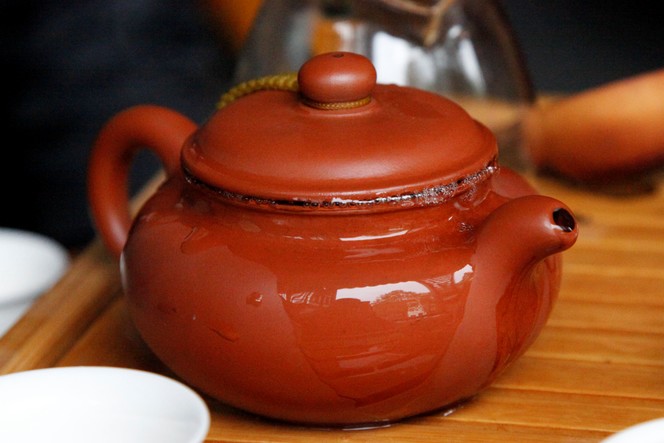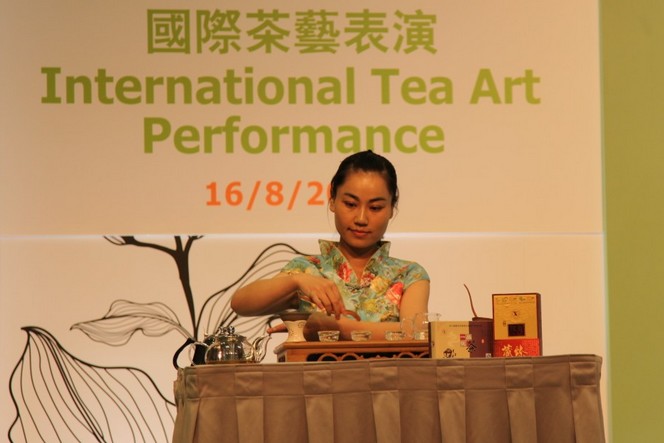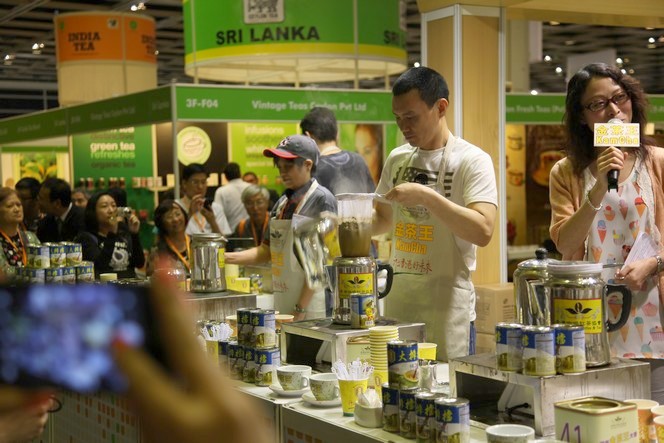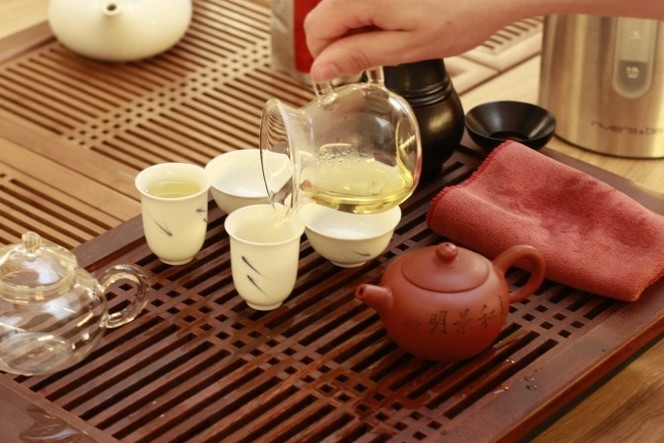The little train of Darjeeling is a familiar sight on my blog. It comes and goes whenever it pleases, without so much as a by-your-leave. And it doesn’t just do this on my pages either: look how casually it makes use of the road when it fancies! Other vehicles have to watch out when this train is about.
ARCHIVE FOR 2012
India: heavy rains cause landslides
During the months of July and August there are heavy rains in Darjeeling, and many landslides occur in the weeks following the downpours. Sometimes you see a pretty little village that appears to be suspended over a ravine.
The tea plants you see in the foreground and on the slope itself are near Lingia.
An ingenious solar-powered insect trap
During the warm, humid seasons the leaves of the tea plant attract all sorts of insects. You must either keep away the bugs or eliminate them if you don’t want your crop ruined. Rather than using products that degrade the quality of the tea, are not good for the environment and are also costly, farmers often come up with ingenious solutions. Here, near the Village of the Monkeys (China), they have created a solar-powered insect trap.
Plucking tea from full-sized tea plants
There are few places in the world where tea is harvested from full-sized tea plants. On most plantations the camellia bushes are maintained at waist height. However, in regions where Pu Ers are produced, as well as here on Feng Huang mountain (China), the leaves of large tea plants are considered to have a superior aromatic quality.
If you have never tasted them, I suggest you try Dan Cong Wu Long as well as the oxidised Dan Cong – both are exceptionally subtle. They come from these large tea plants and were plucked by Mrs Huang, pictured here hard at work.
Looking like a vineyard…
In southern China, on the slopes of Phoenix Mountain, tea bushes are planted on terraces due to the steep gradients. This way of organising tea bushes is quite a rare sight around the world. Here, it makes this tea plantation on a mountainside where some remarkable wu longs are grown look a bit like a vineyard.
Feng Huang Shan mountains, China
Have you ever tasted a Dan Cong tea? These famous wu longs are produced in Guangdong province (China), in the Feng Huang Shan mountains where I took this photo, facing in the direction of the sea.
A good reason to use a tea boat
When you make tea according to the Gong Fu method, you fill your teapot right to the top, even letting the water spill over to get rid of the scum. Hence the use of the tea boat, the recipient on which the teapot is placed here, which serves as a receptacle.
A show detailling how to prepare tea
Many of you would probably say that you make your tea perfectly well. But can you imagine yourself up on stage, performing under the spotlights while a commentator stands beside you with a microphone, detailing your every graceful move to an attentive audience?
This is exactly what is happening at the moment at the Hong Kong Tea Fair.
Price hike at the Hong Kong tea fair
The Hong Kong tea fair is taking place at the moment, and the context is particularly difficult for western buyers. For the past few years, erratic weather conditions have affected harvests, and the quantities produced have fallen sharply. In addition, production costs, whether in India or China, have risen considerably, as has the cost of sea freight. What is more, the very low value of the euro is pushing up the price of tea, which is generally traded in dollars. On top of all this, in China and India, the world’s two biggest tea producers, the middle classes, which did not exist in the recent past, now represent several hundreds of millions of people, many of whom enjoy drinking good quality teas. They aspired for so long, and now they have the means at their disposal. So in these two countries the domestic markets have expanded massively, and there are plenty of Indian and Chinese tea connoisseurs who are now buying the best teas that used to be reserved for export only. We can understand them, even if it is costly for us.
Swapping the kyusu for the tea boat
As I am leaving Japan for China, I am also swapping the “kyusu” for the tea boat. You pour the tea into the first cup, which is quite narrow. You then empty this cup into the wider one. The smelling cup retains the fragrances of the liquor for a long time and allows you to explore the tea’s bouquet. You drink from the second cup, the tasting cup.

